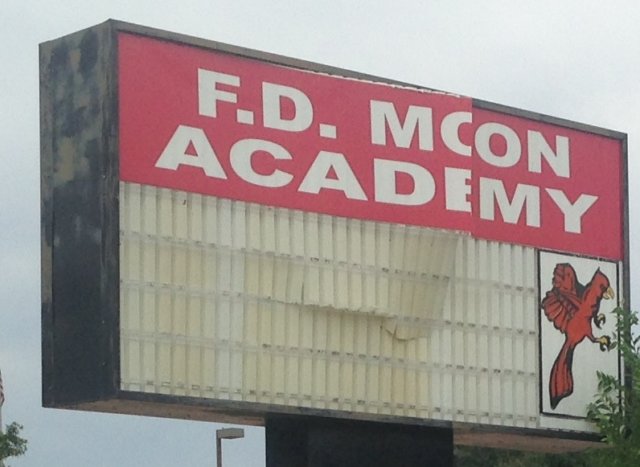How should we respond to three eastside OKCPS schools being listed as among the 20 “worst” schools in the nation? Perhaps even more amazingly, 10 percent of the “worst” 100 schools in the nation listed are in Oklahoma.
According to data from the 2015-16 school year, NeighborhoodScout.com ranked Moon Elementary School as America’s 11th-worst public school. Centennial Middle School and Martin Luther King Elementary followed, ranking 18th and 19th from the bottom, respectively.
Demographic, statistical data paint a grim picture
NeighborhoodScout reports that the neighborhood Moon serves has a per capita income below $12,000, which is only 40 percent of the nation’s average (and less than the per capita income of 99 percent of America’s neighborhoods). Data also show a higher percentage of residents living alone compared to 99.1 percent of all U.S. neighborhoods. Last, the chances of being the victim of a violent crime in the Moon area are 11 times greater than those in the rest of Oklahoma.
Although this data can’t identify who is to blame for school failure, it provides a timely warning for OKCPS and Oklahoma’s schools at large that shouldn’t be brushed off. Further, these sorts of rankings do manage to point a blaming finger at the state government in terms of economic investment: In 2014, Oklahoma invested $7,829 per student, in contrast to the national average of $11,009. That is 40 percent less than the U.S. average.
More info would be nice
NeighborhoodScout’s patent-pending algorithms generated the ratings for the nation’s public schools. According to the site,
Dr. Schiller, a PhD Geographer and the creator of NeighborhoodScout, developed an exclusive way to compare schools and school districts across state lines based on test scores from the No Child Left Behind (NCLB) federally-mandated state tests, even though the tests are entirely different in every state.
To account for the aforementioned discrepancies between states’ NCLB tests, computer models use more reliable National Assessment of Educational Progress test scores to control for weaknesses in state data. Combining the two, a curve is created against which school performance may be measured.
It would be nice to know, however, more about its methodology and its margin of error.






















